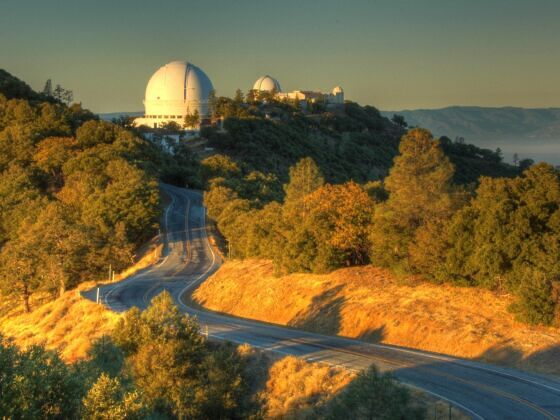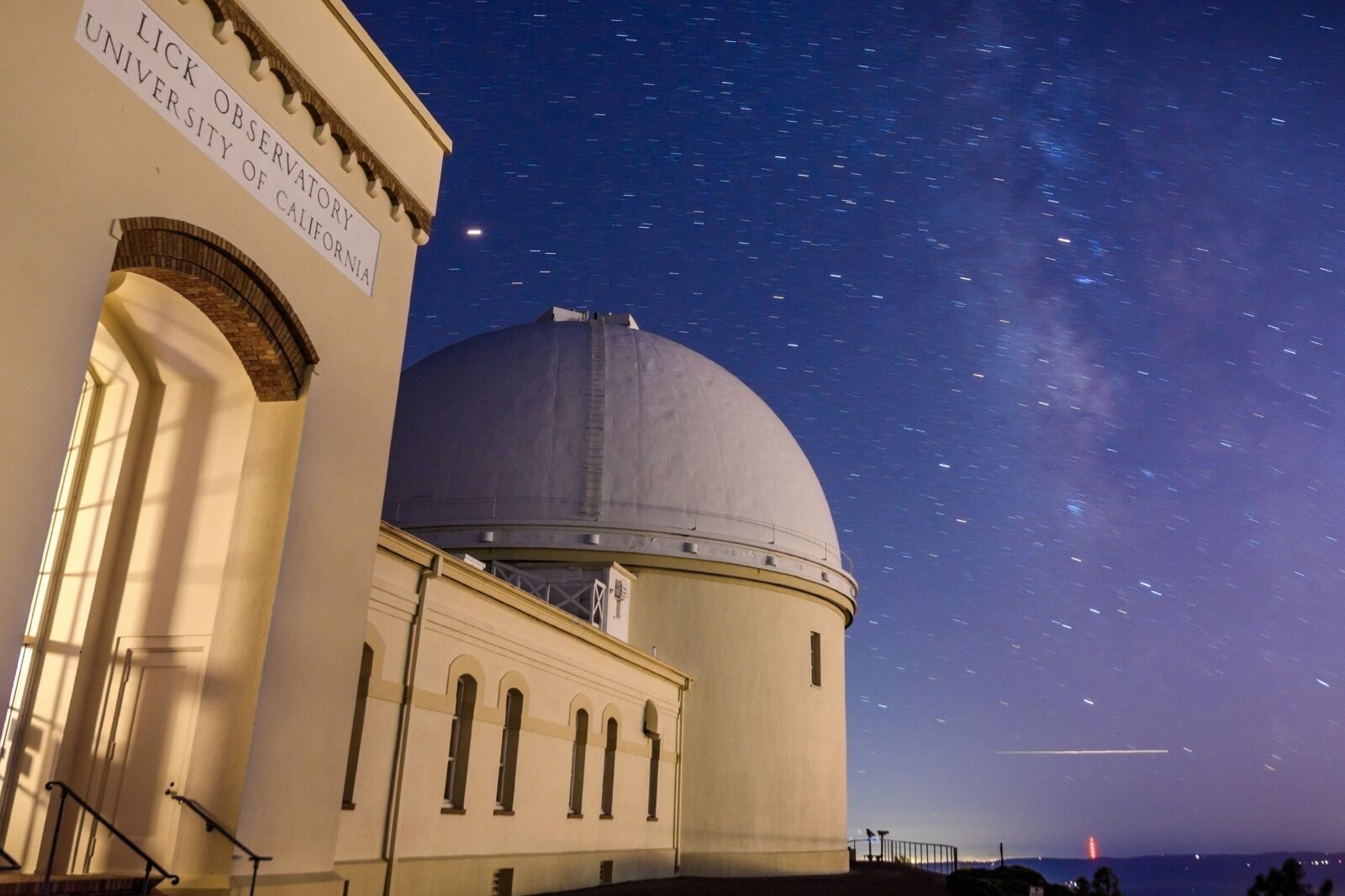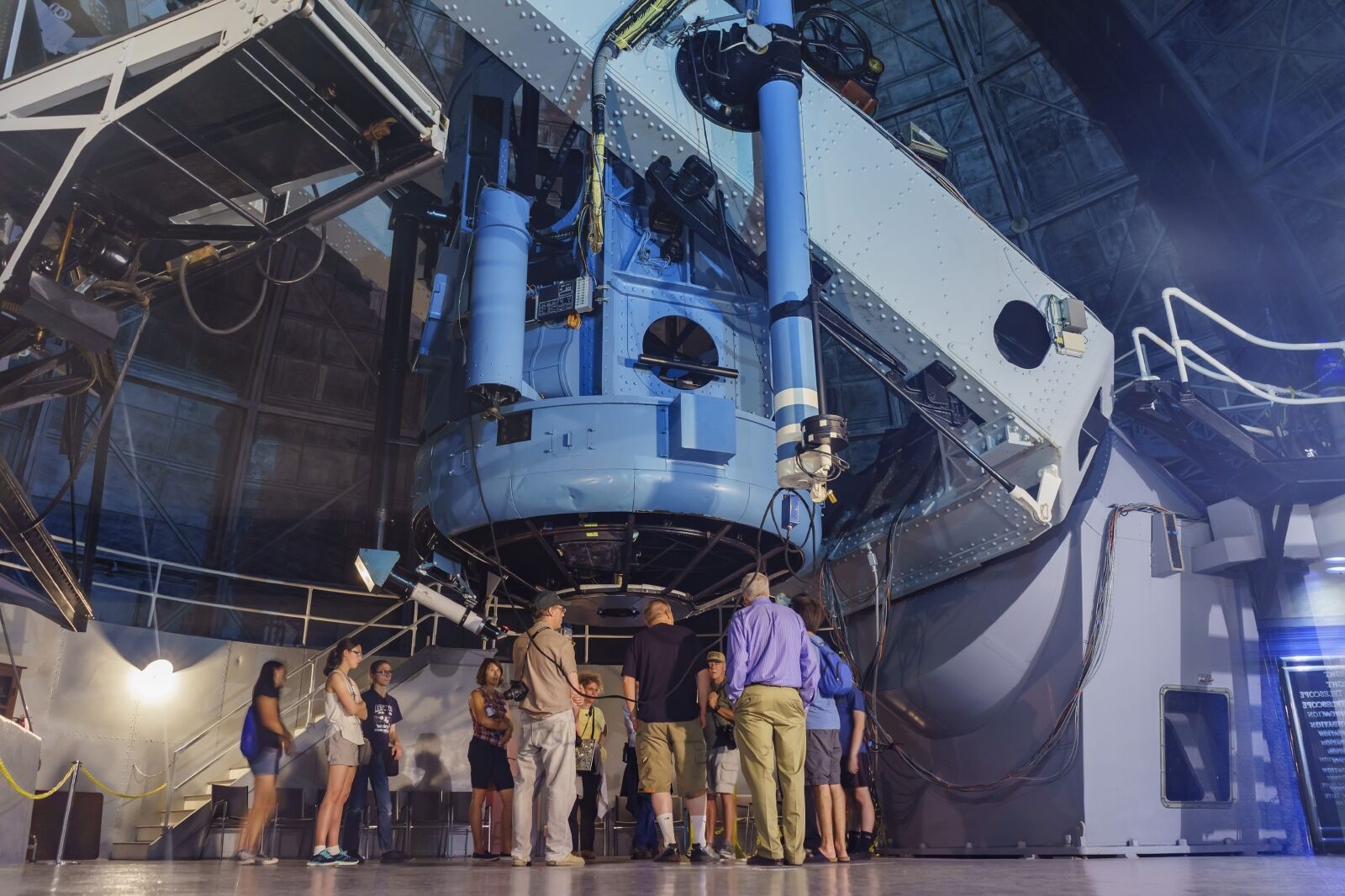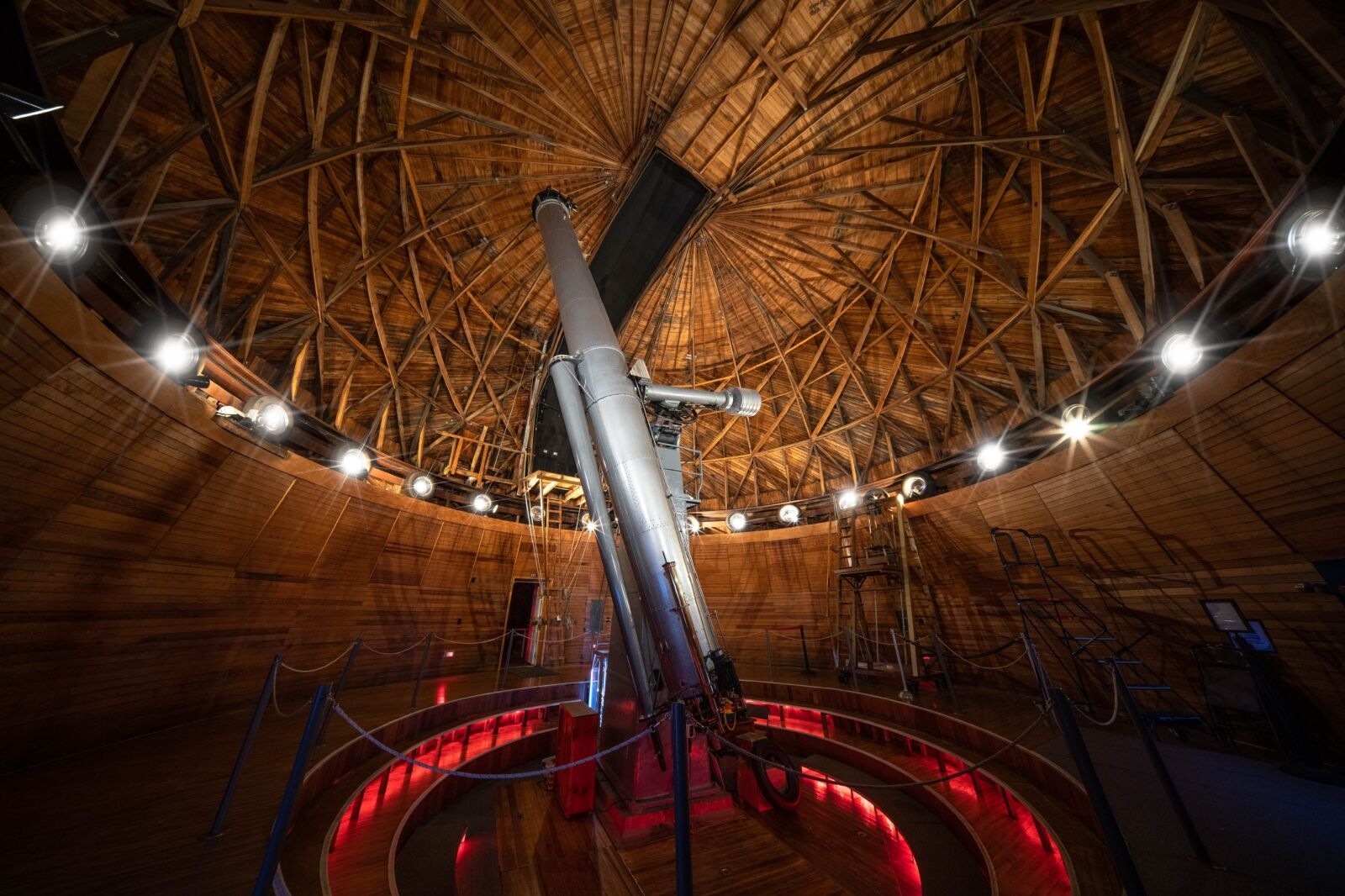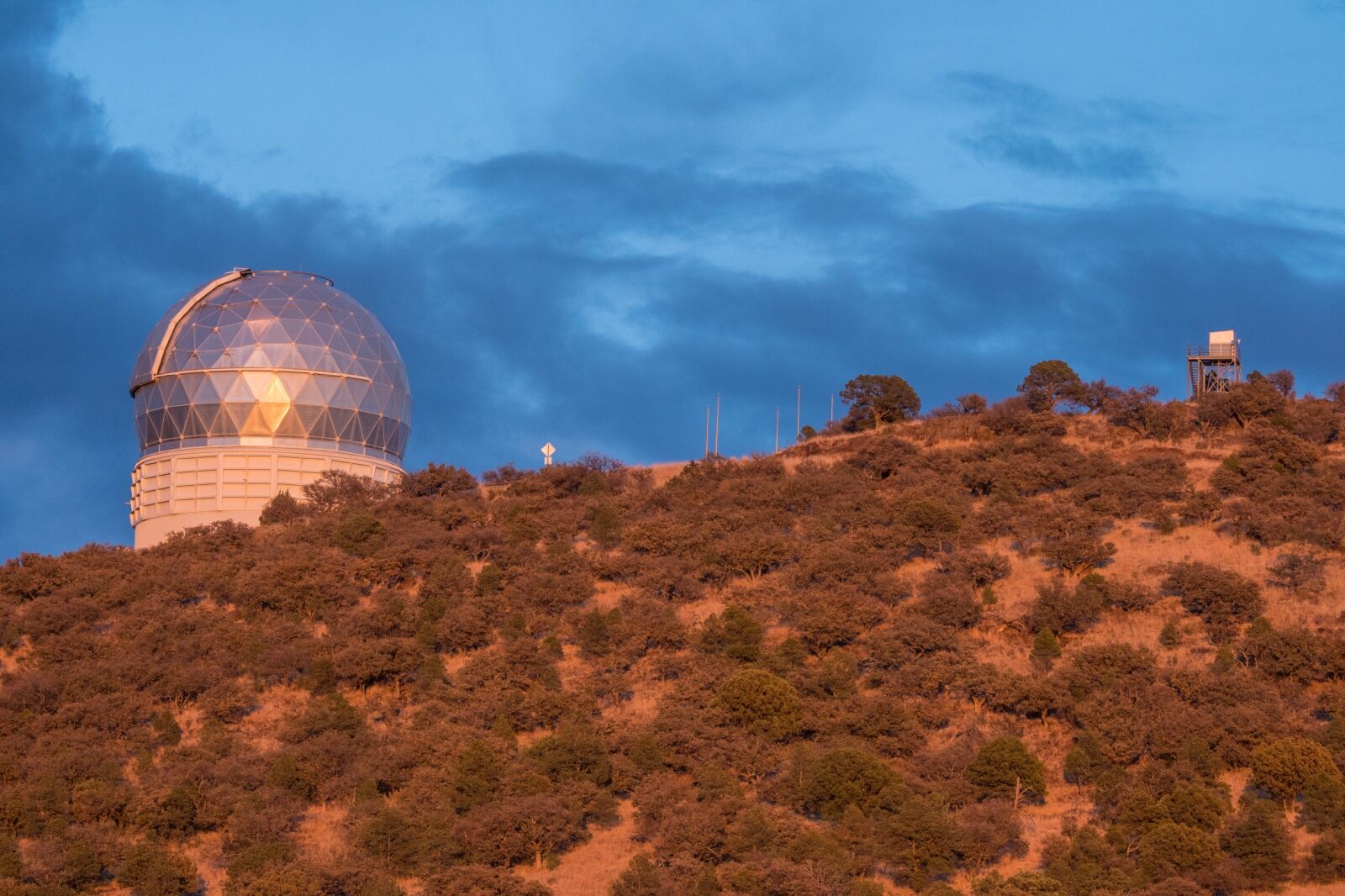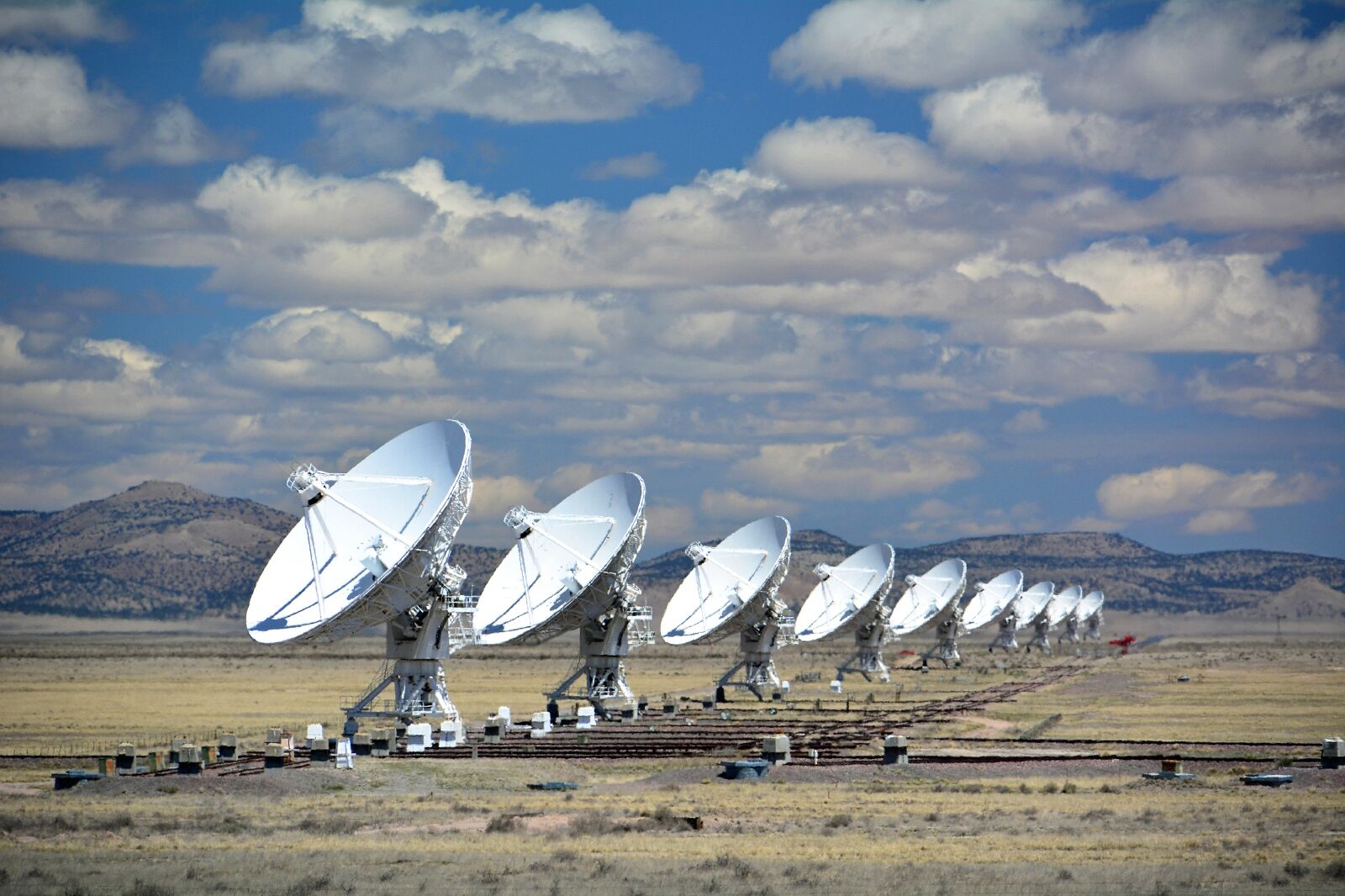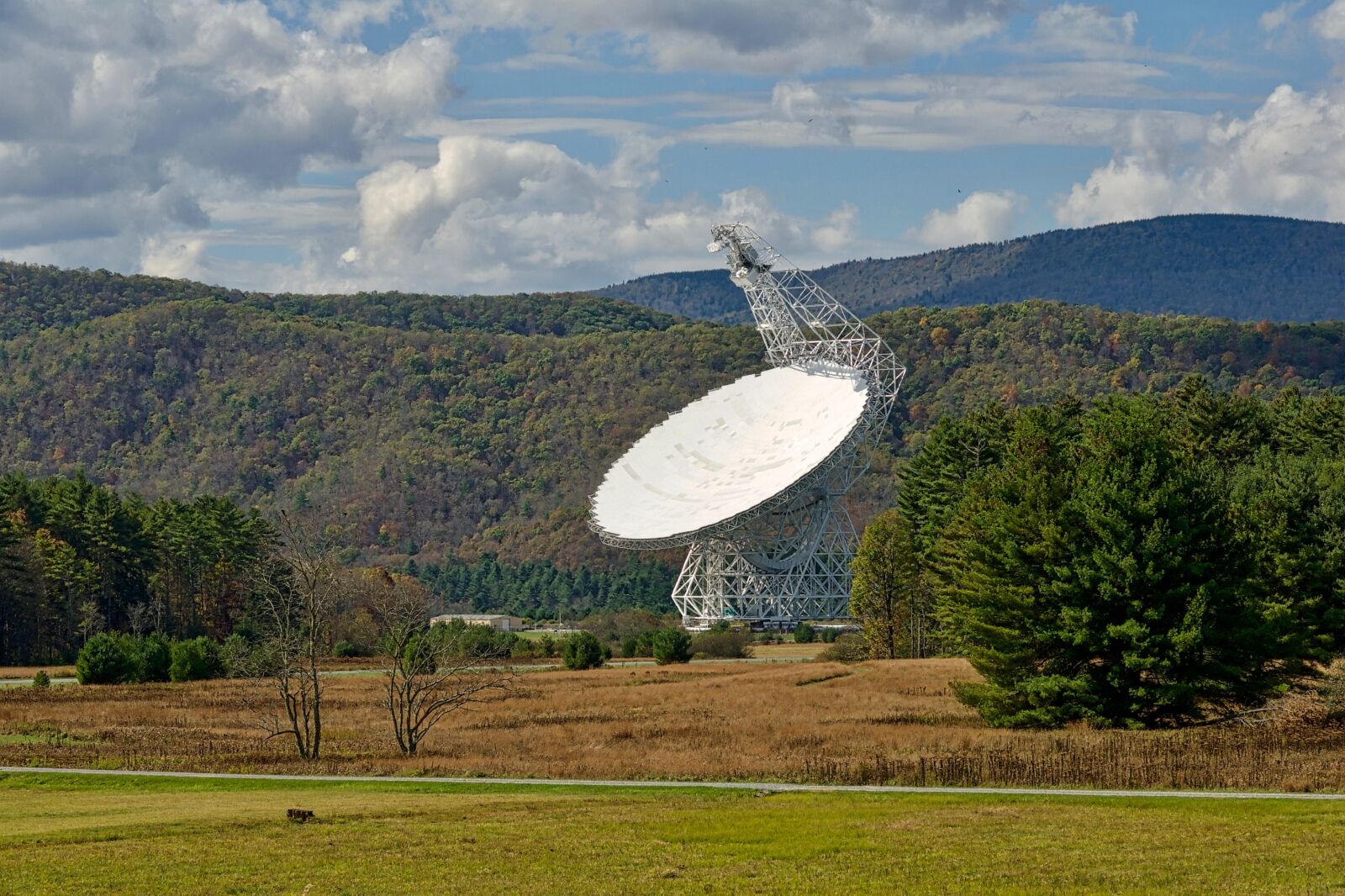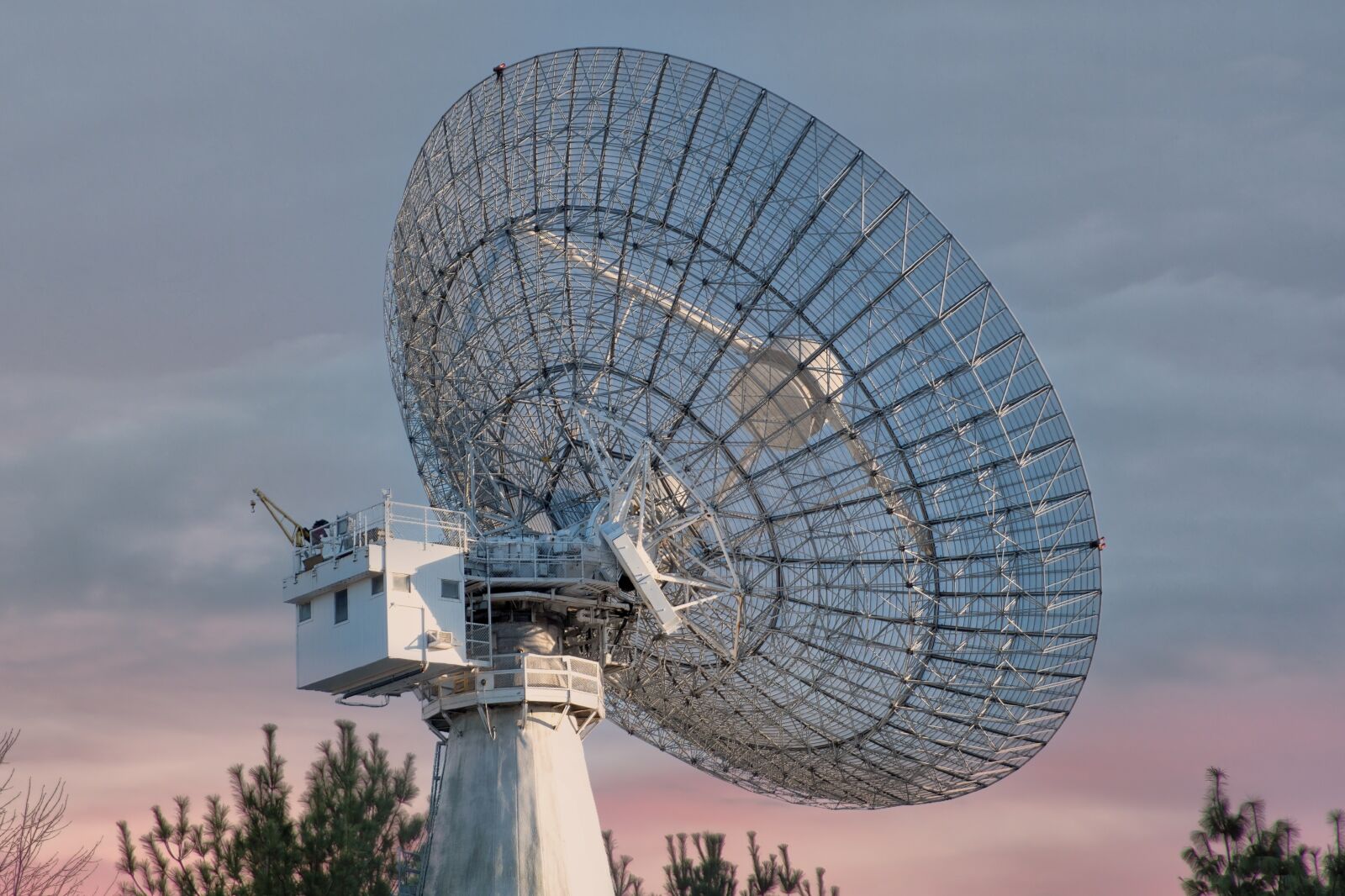The United States is packed with astronomical observatories — located on high mountain tops or splayed across a desolate desert. Beyond their beautiful terrestrial settings, many of these observatories have fueled the most important astronomical discoveries of the last century.
The world’s largest on-land optical telescope is at the W. M. Keck Observatory atop Hawaii’s nearly 14,000-foot Mauna Kea peak. However, this US observatory is neither open to visitors nor easy to work into a continental road trip. Rather, this road trip begins in California — where the Big Bang Theory was developed — and takes you across several western states, where a dry climate and tall elevations provide the best observing conditions.
